I first came across the idea of cognitive enhancement when I was in college back in the early 2000's. Even back then, the idea that you can change the way you think and feel with drugs, plants, and other substances intrigued me.
In college, I started learning everything I could about nootropics. At the time, I didn't know they were called nootropics, but I studied them nonetheless. Eventually, I started experimenting on myself to see what actually worked and what didn't.
Over time, I amassed quite the collection of smart drugs and the experience that went with trying them. I found some nootropics to be very disappointing and others to be much more powerful than I ever could've predicted.
In this post, I'm going to talk about some of my favorite nootropics. At one time or another, I've tried most of the nootropics I write about on this website. These are in no particular order, but they're all among my favorites.
But keep in mind, this is my experience. Everyone's brain chemistry is so vastly different that no two people get the exact same results. The only way to know for sure what will work for you and what won't is to experiment on yourself.
My Favorite Nootropics
Below are some of my favorite nootropics. This list hasn't changed much since it was first written in 2018. They are all still among my favorites.
Ashwagandha
This is one of my go-to nootropics for anxiety. Whenever I'm feeling stressed out, I take ashwagandha for a few weeks and it always helps me to feel better.
Ashwagandha was the first adaptogen I learned about. I was intrigued by the idea that some plants are able to help the body to optimize itself. Ashwagandha has been shown to decrease cortisol, reduce blood pressure and pulse rate, increase testosterone in men, and reduce cholesterol, among other things.
While I can't say for sure whether it's had all of those effects on me, I can say it always helps to reduce my anxiety and make me feel more at ease. After even just a few days of taking ashwagandha, I feel calmer and more at peace.
I've taken ashwagandha several times over the past decade or so. Whenever I've taken it, it's never for longer than 90 days at a time. There's nothing wrong with taking ashwagandha for longer periods of time, but I've never felt the need to take it longer than 90 days.
You can learn more about it here: The Many Benefits of Ashwagandha.
Modafinil
It should come as no surprise that modafinil is on my list of favorite nootropics. If you asked 10 experienced nootropic users what their favorites are, I'd expect at least 7 or 8 of them to mention modafinil.
 I first discovered modafinil maybe 8-10 years ago. The first time I tried it, the effects were subtle but noticeable. Normally, I'd get tired halfway through the day and my motivation would drop. With modafinil, I stay alert and awake all day, skyrocketing my productivity.
I first discovered modafinil maybe 8-10 years ago. The first time I tried it, the effects were subtle but noticeable. Normally, I'd get tired halfway through the day and my motivation would drop. With modafinil, I stay alert and awake all day, skyrocketing my productivity.
I found that modafinil really shined when I took it on days where I didn't sleep well the night before. Instead of feeling foggy and groggy all day long, the modafinil made me feel like I'd gotten a good, restful night of sleep.
Some people like to take modafinil every day and there's nothing wrong with that. For me, I find it works best when only taken occasionally. I tried taking it daily for a while and found that the effects diminished over time. Some people also experience this but many do not.
You can learn more about modafinil here: Modafinil – A Powerful and Popular Nootropic.
Caffeine and L-Theanine
I've always been a caffeine connoisseur. As a teen, I was all about Jolt Cola and Mountain Dew. In my twenties, I drank several cups of coffee every day. Now, I get most of my caffeine mostly from green tea but sometimes from supplements.
 When I take caffeine in pill form, I usually take it with l-theanine. I only discovered this combination a few years ago – maybe 7 or 8. I'd read about this combo but didn't think it would have much of a noticeable effect. I couldn't have been more wrong.
When I take caffeine in pill form, I usually take it with l-theanine. I only discovered this combination a few years ago – maybe 7 or 8. I'd read about this combo but didn't think it would have much of a noticeable effect. I couldn't have been more wrong.
The first time I took caffeine and l-theanine together, I was surprised by how I felt and by how productive I was. I took 200 mg of caffeine and 400 mg of l-theanine and felt a sense of calm focus for most of the day.
I'd always liked the stimulation that caffeine gave me but not the jitters and crash that often came with it. When I took l-theanine with caffeine for the first time, all the negative effects of caffeine disappeared. My mind was clear and alert, my body relaxed yet ready for any activity.
I continue to take this mini nootropic stack from time to time and it always works like it did the first time. My preferred caffeine source, green tea, actually contains l-theanine but not enough to have a noticeable effect.
You can learn more about caffeine and l-theanine here: L-Theanine and Caffeine – The Perfect Combo.
Phenylpiracetam
A lot of people get great results from individual racetams. Piracetam, aniracetam, and oxiracetam are among the most popular nootropics being used today. Unfortunately, none of them do very much for me on their own.

I'll be honest: I didn't expect much from it. I'd already tried several other racetams and their effects were underwhelming. I didn't think that phenylpiracetam would be any different but I was wrong.
The first time I tried it, I was blown away by how noticeable the effects were. After about an hour, I felt focused, motivated, and productive. I also felt a bit warmer than usual, which is a common effect of phenylpiracetam.
After that first time, I continued to experiment with phenylpiracetam for several months. I tried different dosages and also tried stacking it with several other nootropics.
For me, I found that phenylpiracetam works best when taken no more than once a week and on an empty stomach. I also like to take it as part of a stack with caffeine and l-theanine. I find that those three work great together.
As far as dosage goes, I've never felt the need to use more than 200 mg at a time. The first time I tried phenylpiracetam, I took 100 mg and was able to notice its effects.
You can learn more here: Phenylpiracetam – The Best Adderall Alternative.
Fasoracetam
This is the other racetam that is a favorite of mine. Fasoracetam significantly reduces my anxiety without causing sedation. In fact, it usually has the opposite effect. For me, fasoracetam is like aniracetam, only better.

Of all the nootropics on this list, fasoracetam was the last one I tried. The first time I took it was just a couple years ago. I'd read about how it affects the GABA-B receptor and wanted to see if it helped with anxiety. I was having a lot of it at the time and fasoracetam worked even better than I'd hoped.
Within an hour or two of taking it, I felt more calm and focused than I had in a long time. The crippling anxiety I was experiencing simply washed away and I was incredibly productive for the rest of the day.
Like phenylpiracetam, I find that fasoracetam works best when only taken one or two days a week. I usually take anywhere from 20 to 40 milligrams, once or sometimes twice, a few hours apart. It stacks well with caffeine and other stimulating nootropics.
You can learn more about it here: Fasoracetam – An Anxiety-Reducing Nootropic.
Kratom
The last substance that I want to mention is kratom. It usually isn't thought of as a nootropic, but it does have several nootropic qualities.
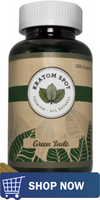
When I first tried kratom almost ten years ago now, I was going through a period of mild depression. About a half hour after taking a few grams of kratom, my depression lifted and I felt full of motivation and energy. These effects lasted for most of the day.
Since then, kratom has become one of my favorite nootropics. Many people use it several times a day to treat pain, depression, anxiety, opioid dependence, and other conditions. As a nootropic, it's probably best to limit kratom's use to no more than 2 or 3 times a week.
Lower doses tend to be more stimulating, while higher doses can be more sedating. For nootropic purposes, I find that 2-3 grams is perfect for me. A lot of other people say that just 1-3 grams is the optimal nootropic dose.
When I take kratom on an empty stomach, the effects are noticeable within 30 minutes. With food in my stomach, it can take up to an hour to notice kratom's effects.
You can learn more about it here: The Nootropic Benefits of Kratom.
Conclusion
There you have it: my favorite nootropics. I've tried dozens and dozens of smart drugs and these are among my favorites. In the three years since this list was first published, it hasn't changed at all.
What are some of your favorite nootropics? Please leave your answers in the comments section at the bottom of the page.
To learn more about nootropics, sign up for the Nootropics Zone newsletter. You'll get the free gift, The Ultimate Nootropics Quick Reference Guide.
[This article was originally published on September 14, 2018. Updated October 22, 2021.]


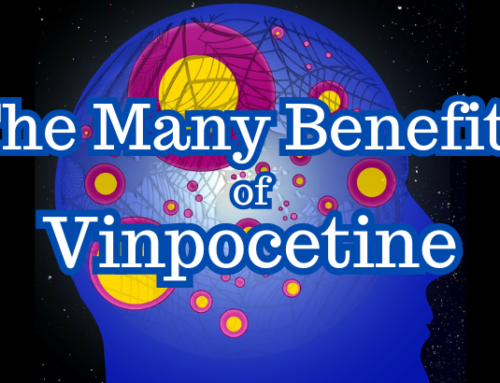
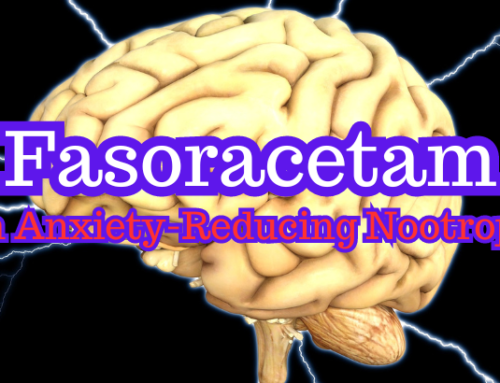
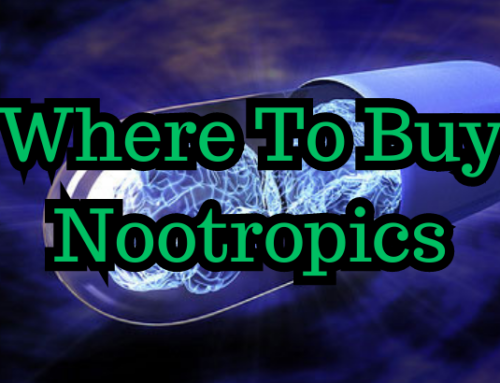
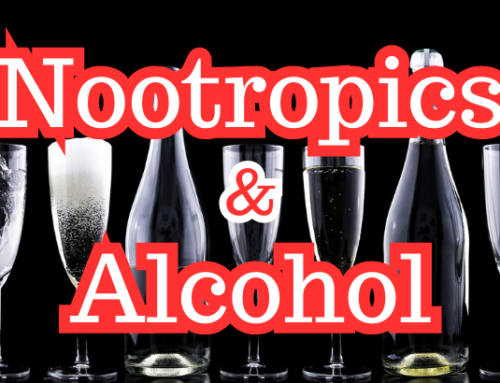
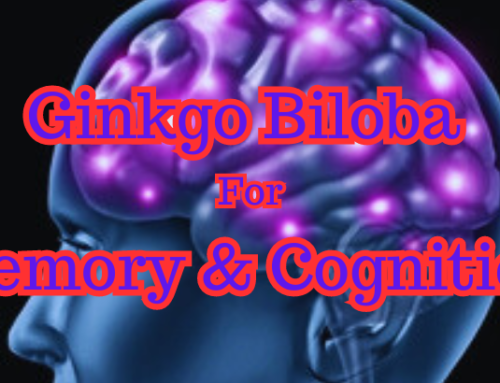

phenibut hcl is the best nootropics I’ve tried!
I really had a terrible anxiety and stressed last year, I even thought I couldn’t make it because of my studies too until one day my own doctor said that I should maybe first try the phenibut supplement as it won’t make me dependent on a drug. She recommended me this site which I read some reviews and testimonies first.
after 2 days of reading it, I finally decided to buy one and I can’t believe it! after 3 days of taking it, my cognitive function, especially in school, has improved a lot. I also noticed that it has a calming effect, hence my anxiety is gradually healing and I think I’m close to healing too!
also, my friends told me that my mood has improved! I think I am a normal person and student again. thanks to this!
I’m glad to hear that you found something to help you. However, I’ve never recommended phenibut on this site because it can cause dependence. There are horror stories all over the internet of people going through terrible withdrawal. That’s why it’s recommended that phenibut only be taken once or twice a week.